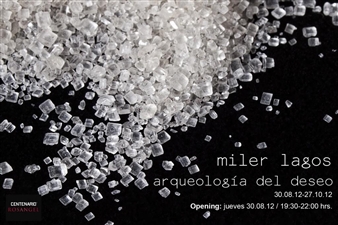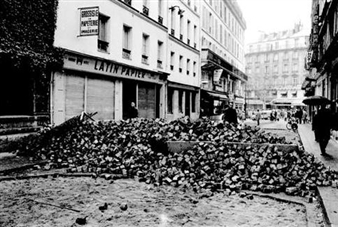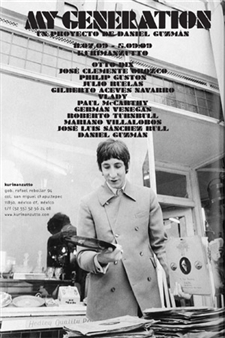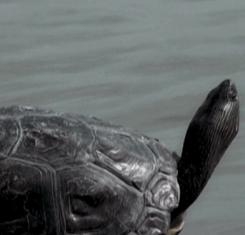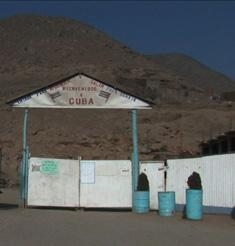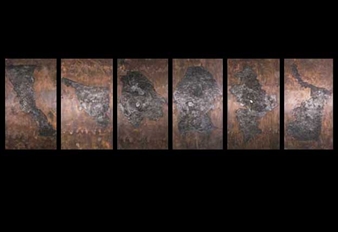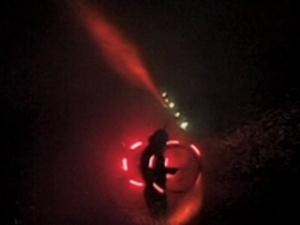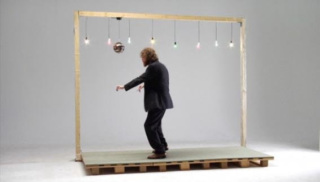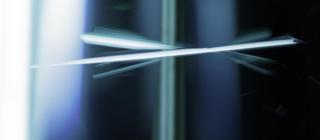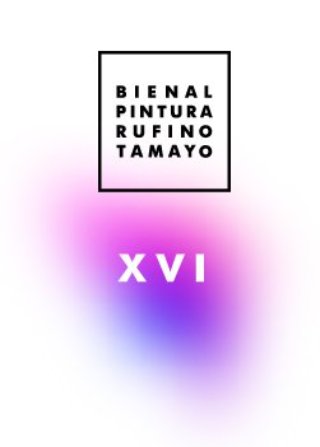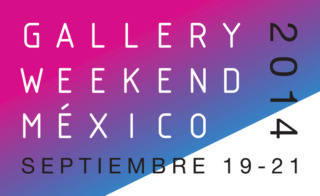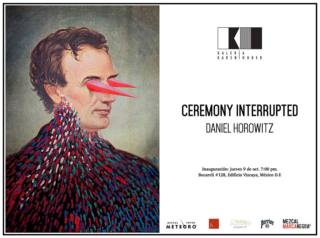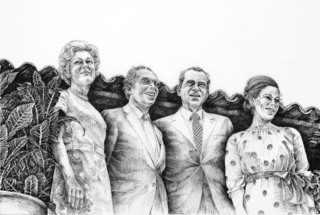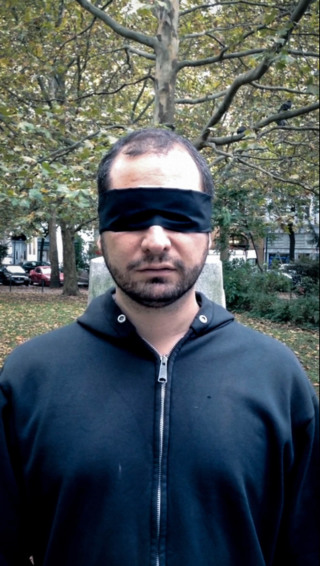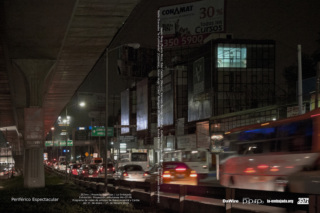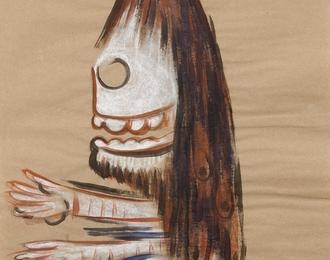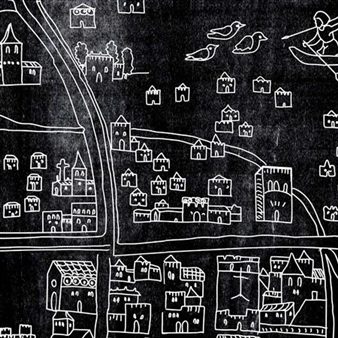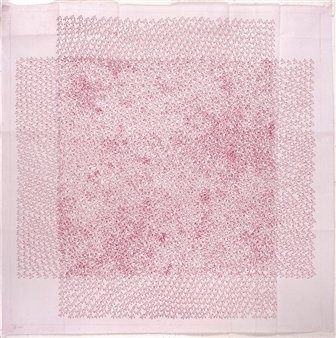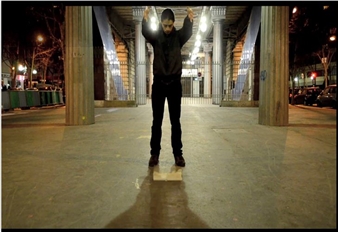Anibal Catalán: Tomorrow was another day
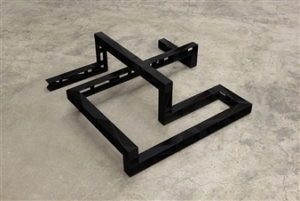
Chiapas, Mexico, 05/03/2017 - 07/01/2017
Melchor Ocampo 154-A
Yautepec is pleased to present Mañana fue otro día (Tomorrow was another day), the gallery’s third individual exhibition for Mexico City-based artist, Aníbal Catalán.
Since Catalán began exhibiting in 2003, his practice has evolved into something akin to that of an archaeologist surveying futures past: outmoded or abandoned utopias dreamt up by the avant-gardists of the twentieth century, in all their cuts and colors. In Mañana fue otro día, Catalán presents a group of recent sculptures, paintings and works on paper. This new body of work extends — and, in some ways, perfects — a number of the ideas and formal innovations present in his previous exhibition at the gallery, untitled unit until the lit let the litter. What feels fresh this time is the approach, in which Catalán attenuates his sincere reverence for his idols with a nudging, ludic irony.
References abound, both high and low. Mathias Goeritz’s iconic Serpiente de El Eco is reimagined within the strict, programmatic constraints of the 1976 video game, Blockade (or simply Snake, as it became more popularly known), resulting in slick, angular, winding, steel sculptures that look like maquettes for residential complexes that could have been stolen from Archigram’s studio.
In Typology According to Mathias I and II — two new medium-format paintings from the ongoing Typologies series — it’s evident how Catalán’s painting style has quietly evolved over the past several years into a technique that’s as precise as it is stunning. Orthogonal grids become abstract topographies, supporting structures that echo his Blockade sculptures. He dresses them up in the functionalist style of modernism but strips them of any perceptible functionality.
Five works on paper entitled Tomorrow was another day (I-V) suggest an even more cynical assessment of the modernist project, divided equally between immaculate hand-drawn lines on bleached white paper —rendered in a similar orthogonal system — and rescued digital photographs Catalán took in 2008 of wooden scraps resembling cities that have either been abandoned or destroyed.
A polyptych painting, Lessons in Love according to Lissitzky, occupies the back wall of the exhibition. El Lissitzky, one of the principal figures of the Russian avant-garde, has been one of the most significant influences on Catalán’s practice. In this piece, one can see fragments of Lissitzky’s plans for the Lenin Tribune, a moving podium he had designed for Vladimir Lenin and an iconic early constructivist work.
